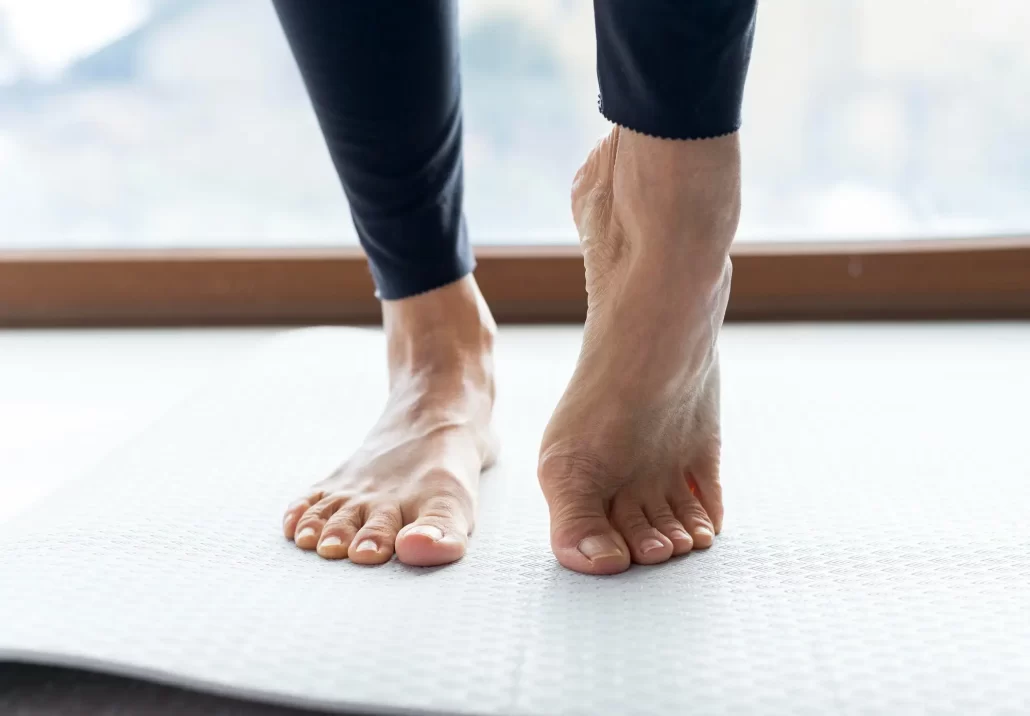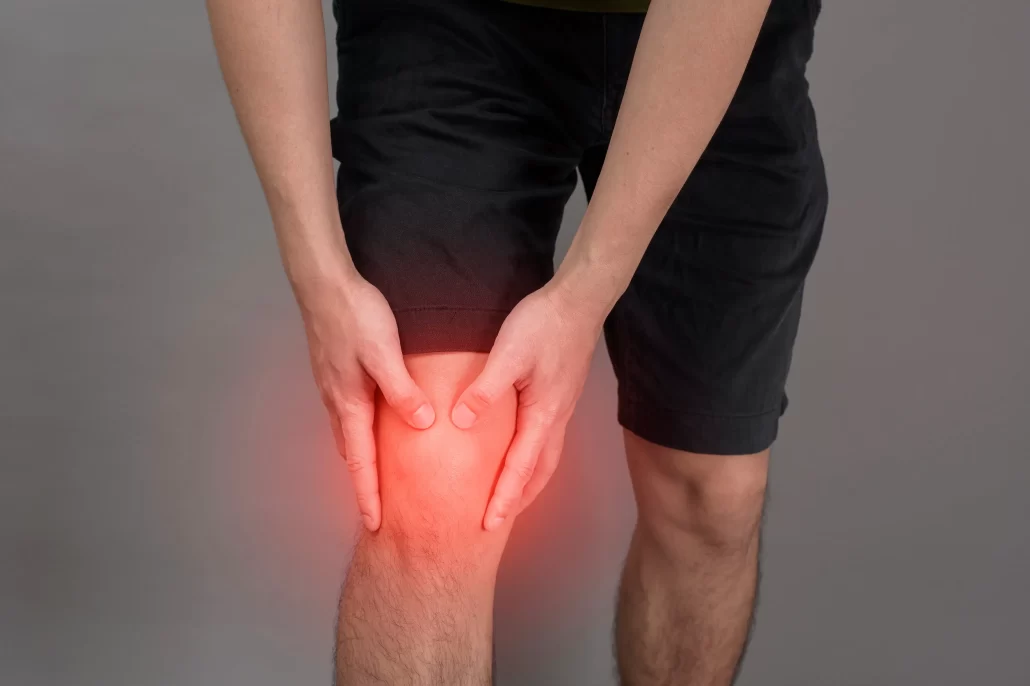
Patellofemoral pain syndrome (PFPS), often referred to as “runner’s knee,” is a common complaint among athletes and active individuals. Characterized by diffuse anterior knee pain—especially when squatting, climbing stairs, or sitting for extended periods. PFPS is typically viewed as a knee-specific problem. However, research and clinical observation increasingly show that issues originating further down the kinetic chain particularly at the level of the talus can play a significant role in its development.
The talus is the key link between the leg and the foot, forming the lower part of the ankle joint. When the talus becomes misaligned often shifting anteriorly or medially, it disrupts normal ankle mechanics, particularly dorsiflexion. This seemingly small restriction has a domino effect throughout the lower limb.
Limited ankle dorsiflexion forces compensations during dynamic activities like walking, running, or squatting. To maintain forward motion, the body may increase pronation at the subtalar joint or encourage tibial internal rotation, both of which can cause the femur to internally rotate excessively. This internal rotation alters the tracking of the patella within the femoral groove, leading to increased joint stress and eventual pain.

The patella sits in the trochlear groove of the femur and relies on balanced muscular forces and joint alignment to glide smoothly. When the femur internally rotates due to a misaligned talus, the patella is effectively pulled laterally, increasing contact pressure on the lateral facet. Over time, this can irritate the cartilage and soft tissues around the knee, leading to PFPS.
Dorsiflexion restriction, often a result of talar misalignment, has been shown to correlate with altered kinematics and increased risk of knee pain. Furthermore, interventions that address foot and ankle function like joint mobilizations, orthotics, and ankle mobility work can positively influence knee symptoms.

For clinicians treating PFPS, it’s critical to assess the ankle, particularly talus mobility and overall dorsiflexion range. If the talus is misaligned, patients may not achieve the ankle range needed for proper movement patterns even with strong hip and knee muscles.
Restoring talar alignment through manual therapy and mobilizations can improve dorsiflexion and reduce compensatory movements. These skills are often emphasized in a Foot Mobilisation Course or a Manipulation Course, where clinicians learn hands-on techniques to correct joint dysfunctions in the lower limb.
Practitioners looking to stay ahead in their field should consider engaging in Podiatry CPD that incorporates foot and ankle biomechanics. Enrolling in Foot Mobilisation Courses not only enhances practical clinical skills but also deepens understanding of how distal joint mechanics impact proximal symptoms like PFPS. For a more comprehensive learning experience, podiatry CPD courses that combine theory, assessment, and hands-on correction techniques can be invaluable in addressing complex kinetic chain issues.
While the pain of patellofemoral syndrome is felt at the knee, the root cause often begins at the ground. A misaligned talus alters the kinetic chain, leading to poor patellar tracking and increased joint stress. Recognizing this connection allows for more effective and holistic treatment, giving patients lasting relief not just temporary fixes. Call us at 0402933403 and book a course now!
References: